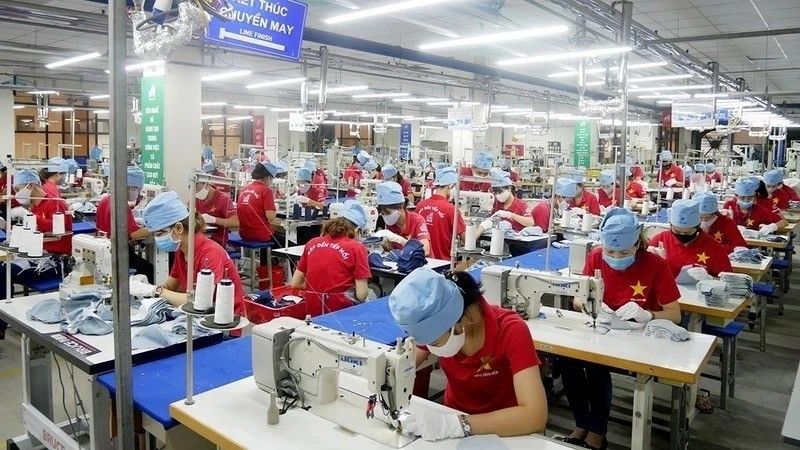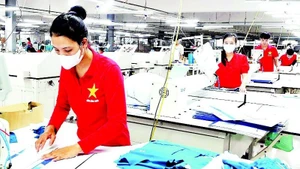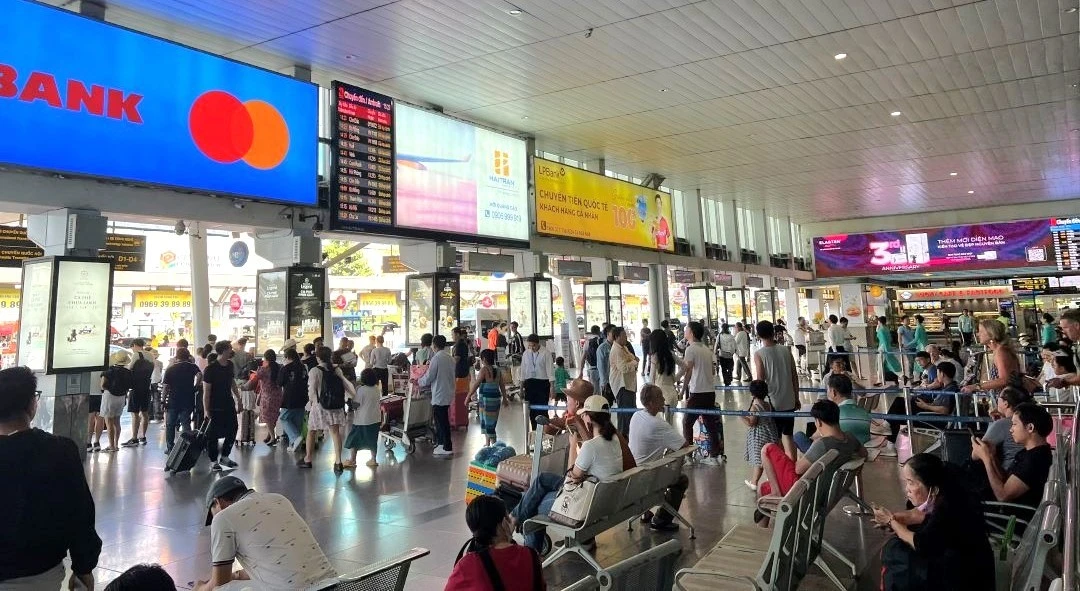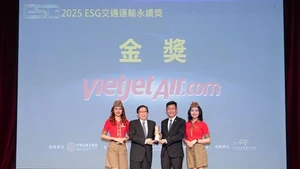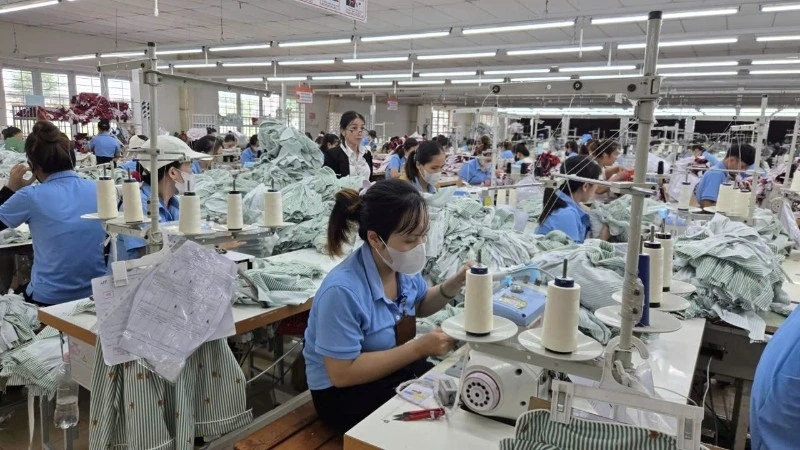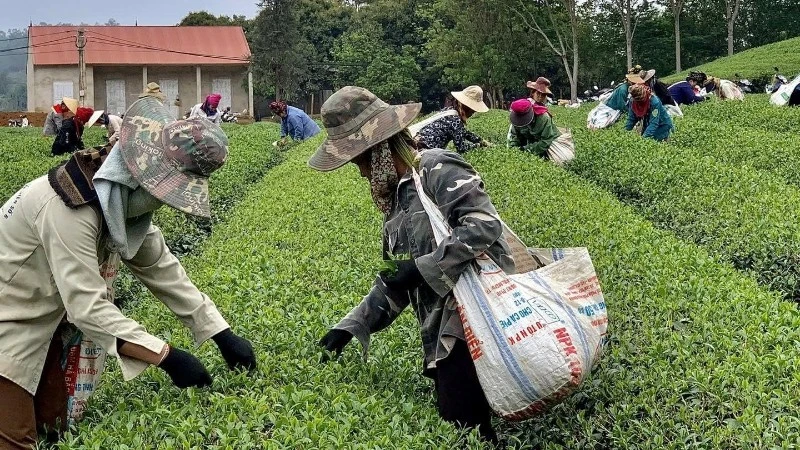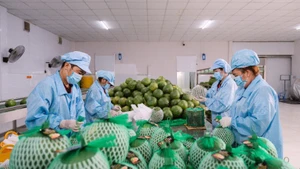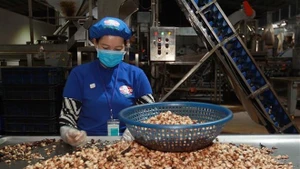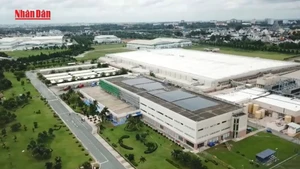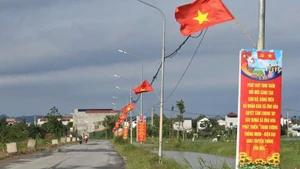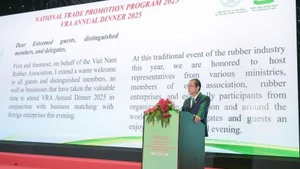General Director of Viet Thang Corporation Nguyen Quang Minh said that with a sustainable development strategy for textiles and yarns, and the ability to promptly adapt to market changes, the company achieved total revenue of more than 926 billion VND (77.2% of the annual plan) and profit of over 41 billion VND (108% of the plan) in the first nine months of 2025. Anticipating challenges in the final months of the year due to market volatility and fierce competition, the enterprise continues to invest in equipment innovation, worker training, and productivity and quality enhancement. At the same time, it focuses on developing traditional products and expanding markets by accelerating certification processes and verifying product origins in line with international standards for export to the US, Japan, and the European Union (EU).
Deputy General Director of Phong Phu Corporation Pham Phu Chung stated that the company currently produces two main product lines: sewing thread and towels. Its sewing thread output plan for the end of the year is about 650 tonnes per month, down 5% from the original plan but up 8% compared to the same period in 2024.
For the towel segment, the enterprise is promoting market expansion, targeting exports to the US and Japan, and negotiating with customers to increase large-volume orders, reduce costs, and maintain selling prices. At the same time, the company is optimising production capacity to capture product shifts from China and India to Viet Nam, thereby increasing income and ensuring stable employment for workers.
New US tariff policies have pushed up retail prices of clothing in that market, leading to a drop in demand and affecting business performance.
Deputy General Director of Hoa Tho Textile and Garment Corporation Hoang Thuy Oanh said the company is closely monitoring market developments, US tariff policies, and new regulations in key export markets to adjust its business strategies accordingly. The enterprise is proactively discussing tariff-related solutions with US partners while strengthening cooperation and developing new products aimed at higher-end market segments, as well as expanding investment in markets such as Canada, Japan, the Republic of Korea, and the EU.
In addition, the company is optimising production costs, investing in modern machinery, improving processes, and enhancing workers’ skills to improve product quality and competitiveness.
“To take advantage of opportunities from 17 new-generation free trade agreements, enterprises must secure domestic sources of raw materials and accessories, strengthen linkages with domestic suppliers and partners in member countries to benefit from tariff incentives and expand markets,” Hoang Thuy Oanh emphasised.
According to data from the Viet Nam Textile and Apparel Association (VITAS), in the first eight months of 2025, Viet Nam’s textile and garment export turnover reached over 31 billion USD, up 7% year-on-year. Major export markets all recorded strong growth, including the US (12%), the EU (12.3%), Japan (7.8%), China (3.7%), and ASEAN (3.7%). The sector is forecast to continue growing in the final months of the year and to fulfil its annual targets.
Assessing the market outlook, General Director of the Viet Nam National Textile and Garment Group (Vinatex) Cao Huu Hieu noted that the yarn segment has seen significant improvement, with signs of recovery in certain coarse and combed yarn categories, and some enterprises are on track to meet their yearly plans. Many companies are effectively leveraging the domestic market and supplying FDI enterprises locally.
The garment segment continues to grow; however, under the new tariff regime, smaller and short-term orders are becoming more common, with customers placing orders earlier and requiring price negotiations.
To meet year-end targets, enterprises must retain their workforce, ensure efficient production and business management, closely follow market trends, secure product origin documentation, diversify markets, customers, and product lines, and strengthen supply chain linkages. These measures will help domestic production become more proactive, reduce costs, and enhance competitiveness, thereby consolidating Viet Nam’s role as a leading textile and garment manufacturing hub in the global supply chain.
